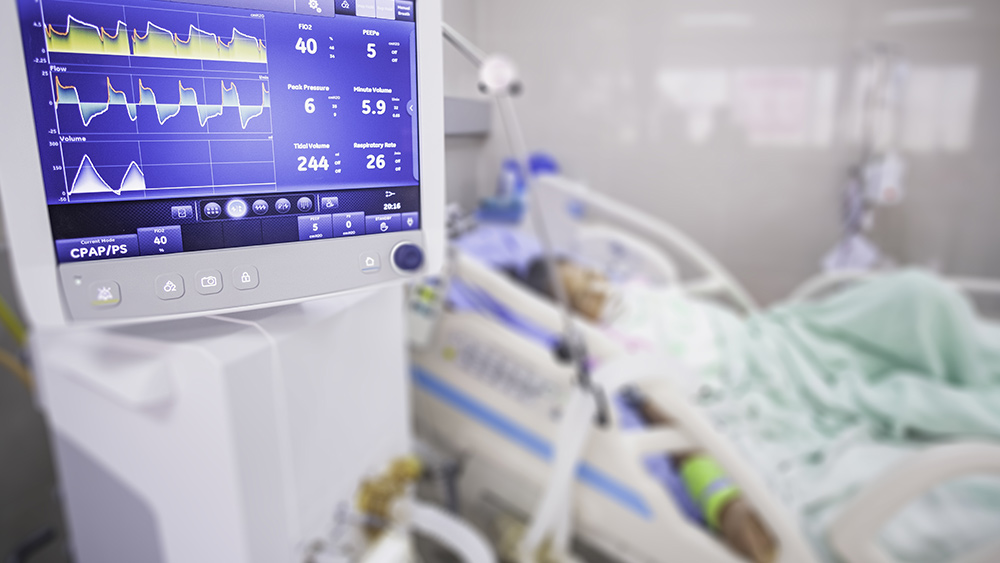
“It takes two weeks,” said Dr. Zaher Sahloul, who runs the intensive care unit (ICU) at St. Anthony Hospital, a small community hospital in the city. “I’m very distressed to say that. Two weeks to get results of COVID-19 testing in a patient at St. Anthony’s. It takes one day at Christ Hospital because at Christ Hospital has the luxury of doing things in-house.”
Delayed results affect patient treatment
St. Anthony Hospital has only 18 beds in its ICU. Of these 18 beds, 11 have already been occupied by patients who have suspected or confirmed COVID-19 cases.
“We call it a level three disaster,” said Dr. Sahloul. “It is overwhelming the system.”
Sahloul and his team of doctors are doing their best to save the lives of these patients. A challenge they have is that many of the black patients they're treating for COVID-19 have underlying chronic illnesses. This is complicated by the fact that, compared to non-minorities, they tend to come to the emergency room much later. (Related: African Americans more likely to die from coronavirus, early data suggests.)
“That means the virus has been in their body for a long time causing the system response, causing flooding of the lungs,” he said.
Sahloul says his team works overtime to take care of the patients. Their job is made harder, however, due to the fact that St. Anthony doesn't have the equipment needed to analyze COVID-19 tests in-house -- they need to send those to an outside lab.
Having to wait two weeks to know whether or not these patients actually have COVID-19 however affects their treatment. Without knowing exactly what they're dealing with, doctors have to guess whether or not what they're doing is correct.
“Patients and doctors need to know that this patient has this disease, so you can direct certain treatment and resources with them,” Dr. Sahloul said. “If you don’t know, you’re just guessing.”
Differences between major medical centers and small community hospitals exacerbated
The disparity in resources between smaller community hospitals like St. Anthony Hospital and major medical centers such as Advocate Christ Medical Center, where Dr. Sahloul also works, is not new. The pandemic, however, is exacerbating the disparity, highlighting its impact on the communities that are reliant on these smaller hospitals. For example, Dr. Sahloul says that Advocate Christ has 230 ventilators, only 48 of which are being used. St. Anthony, on the other hand, only has 17 ventilators, and they're already using 11 of them -- they're about to run out.
“If you don’t have access to advanced resources not present in community hospitals, then you will not have a chance of living,” he stated.
The disparity is made worse when comparing the rates of people who do come up as positive for the disease in small hospitals to the state average. Statewide, around 20 percent of all people who get tested for COVID-19 in the state come up as positive for the virus. At St. Anthony, however, 50 percent of those who are tested come up as positive -- they have to deal with relatively more COVID-19 patients compared to others.
With this in mind, Dr. Sahloul has since extended an open invitation to all policymakers to visit the hospital and talk to the doctors and nurses to understand their needs of community hospitals like St. Anthony.
As of reporting time, a running tally by Johns Hopkins University reports that Chicago, as well as the rest of Cook County in Illinois, has 17,306 cases and 630 deaths. Should the situation at small community hospitals like St. Anthony not get rectified, then these figures may not improve any time soon.
Sources include:
Please contact us for more information.























